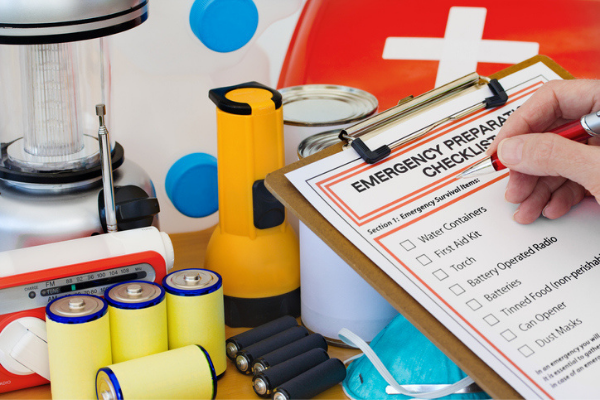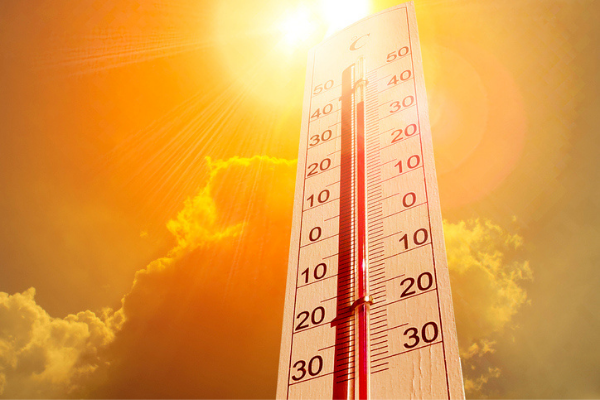
What do you do if there is an emergency in your workplace (or your home)? If you are the first person, or the only person, who knows about it, you must call for help. If there is a fire in your lab or office, pull the nearest fire alarm to notify the fire department and security. If the fire is small or in a contained area (hood) and if you have been trained to use the closest fire extinguisher, you may try to extinguish the fire first. If you cannot put the fire out quickly, pull the alarm. After pulling the alarm, leave the immediate area. Contact any emergency responder to provide any information you might have concerning the fire, including its location.
For most other emergencies, your organization may have an emergency number to call for assistance. Do you call using a company phone? What number do you call? Identify yourself and explain the problem concisely. What kind of help do you need? Are you directed to use a company phone or is it permissible to use your personal phone? Using a personal phone requires dialing a complete phone number, not just the code of numbers or letters.
If you need to evacuate the area, where do you go? Most organizations have designated meeting places. Learn the specific location where you should go, and go there when instructed to do so by a public announcement, fire alarm, or official emergency responder. There may be an inside designated location for when you are to stay indoors.
What if you are running an experiment when an emergency occurs? If you are close and can shut down the experiment quickly, by turning off a power switch or dial, you may do so. If there is no danger to let the experiment continue, you can leave it on. If the experiment presents a risk to responders, notify an emergency responder or the incident commander.
If you are notified about a weather emergency in the immediate area, stay inside and stay away from windows. Does your building have windowless stairwells? It is interesting how well-educated individuals, when warned of severe weather, will often search for a large window to watch for the storm. We are curious individuals by nature.
Your organization may have procedures that differ from those suggested in this article. Follow the specific policies and procedures of your organization.
Learn what you should do in an emergency, then, just do it!
Ken Fivizzani retired from Nalco Company (now Ecolab) where he was the chemical hygiene officer for nineteen of his twenty-six years there. Within ACS, he has been active in the Division of Chemical Health and Safety (CHAS), the Committee on Chemical Safety (CCS), the Committee on Community Activities (CCA), and the Chicago Local Section. He is an ACS Fellow. He co-authored the Last Word column in the Journal of Chemical Health and Safety for fourteen years. He is a chemistry graduate of Loyola University Chicago and the University of Wisconsin-Madison.













